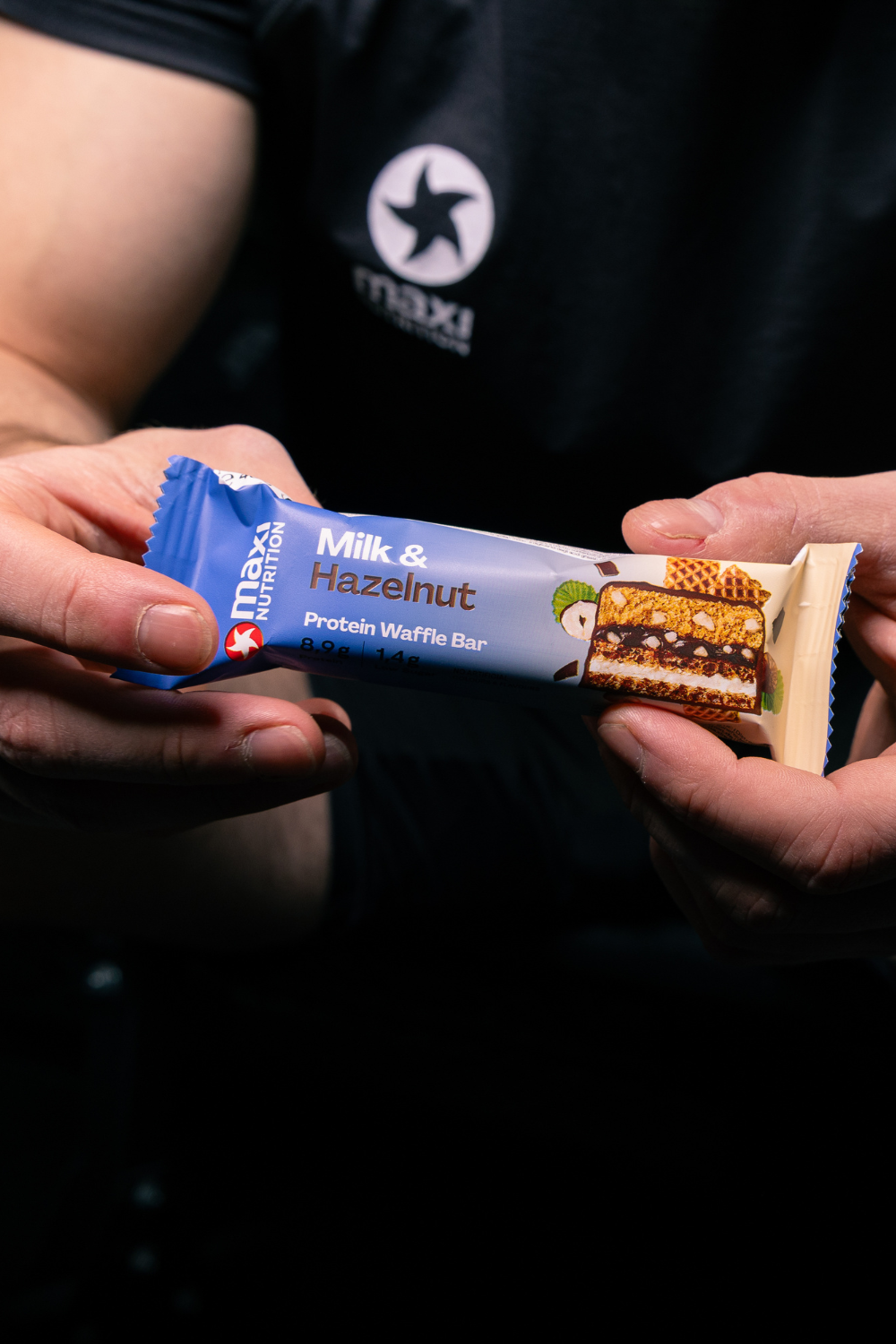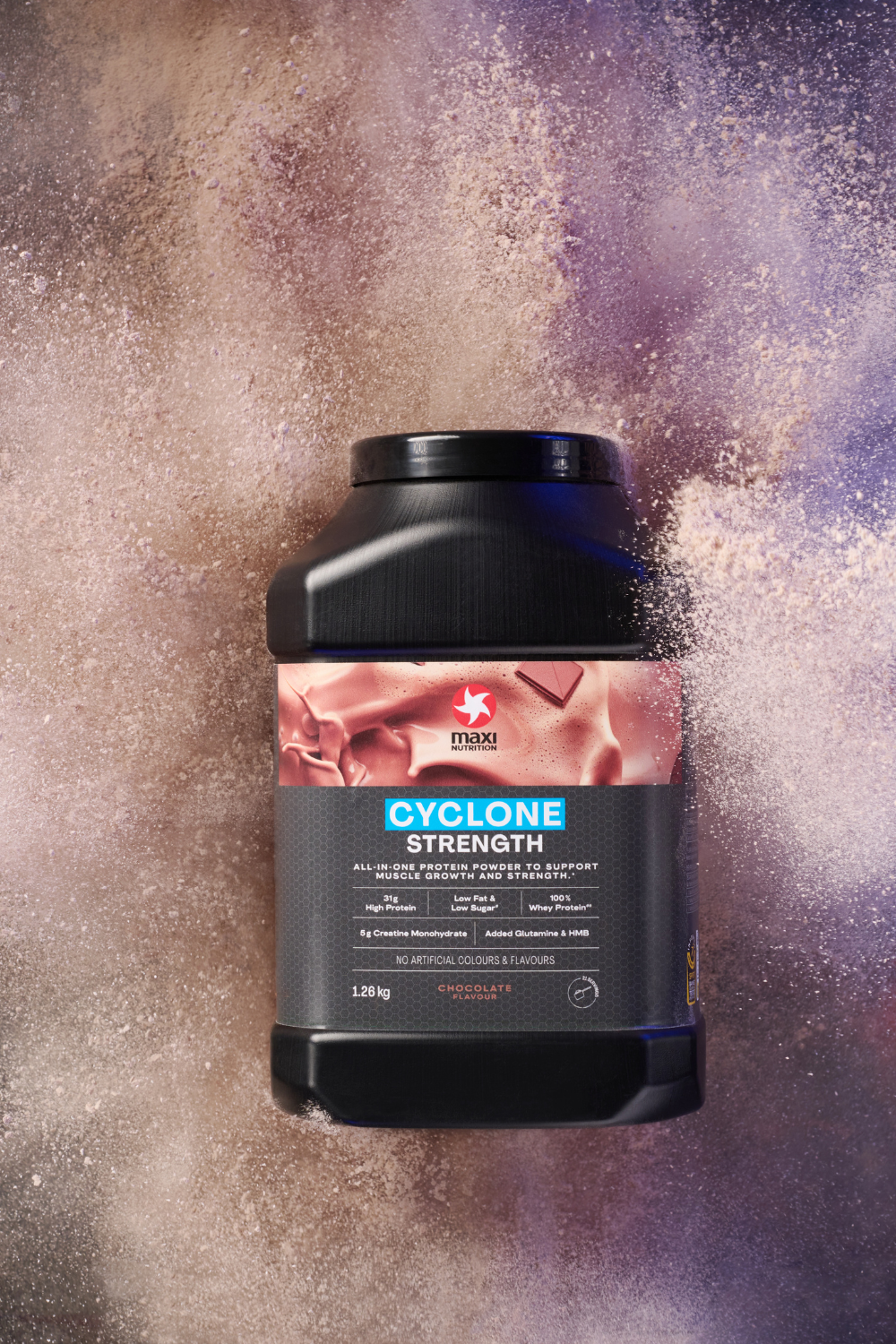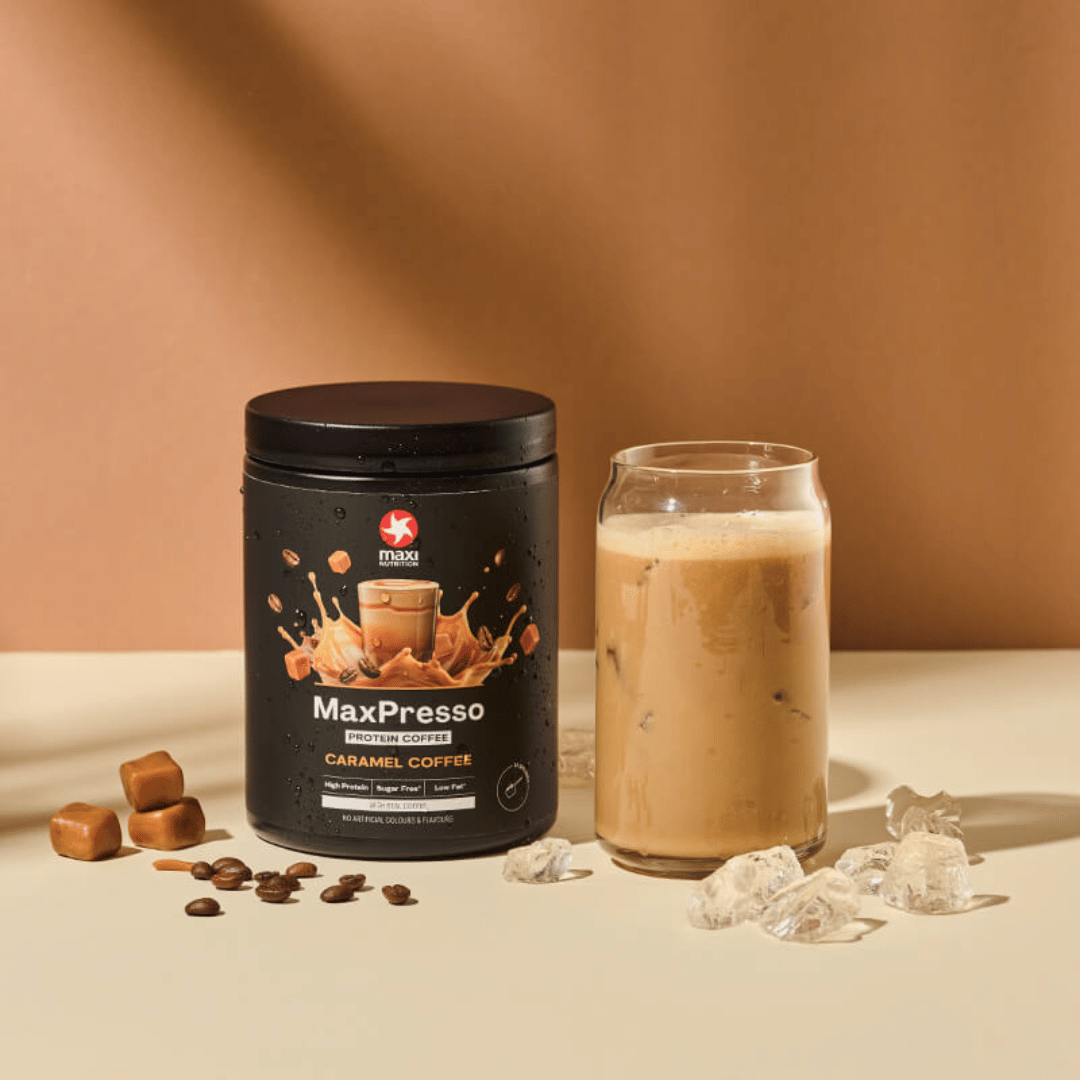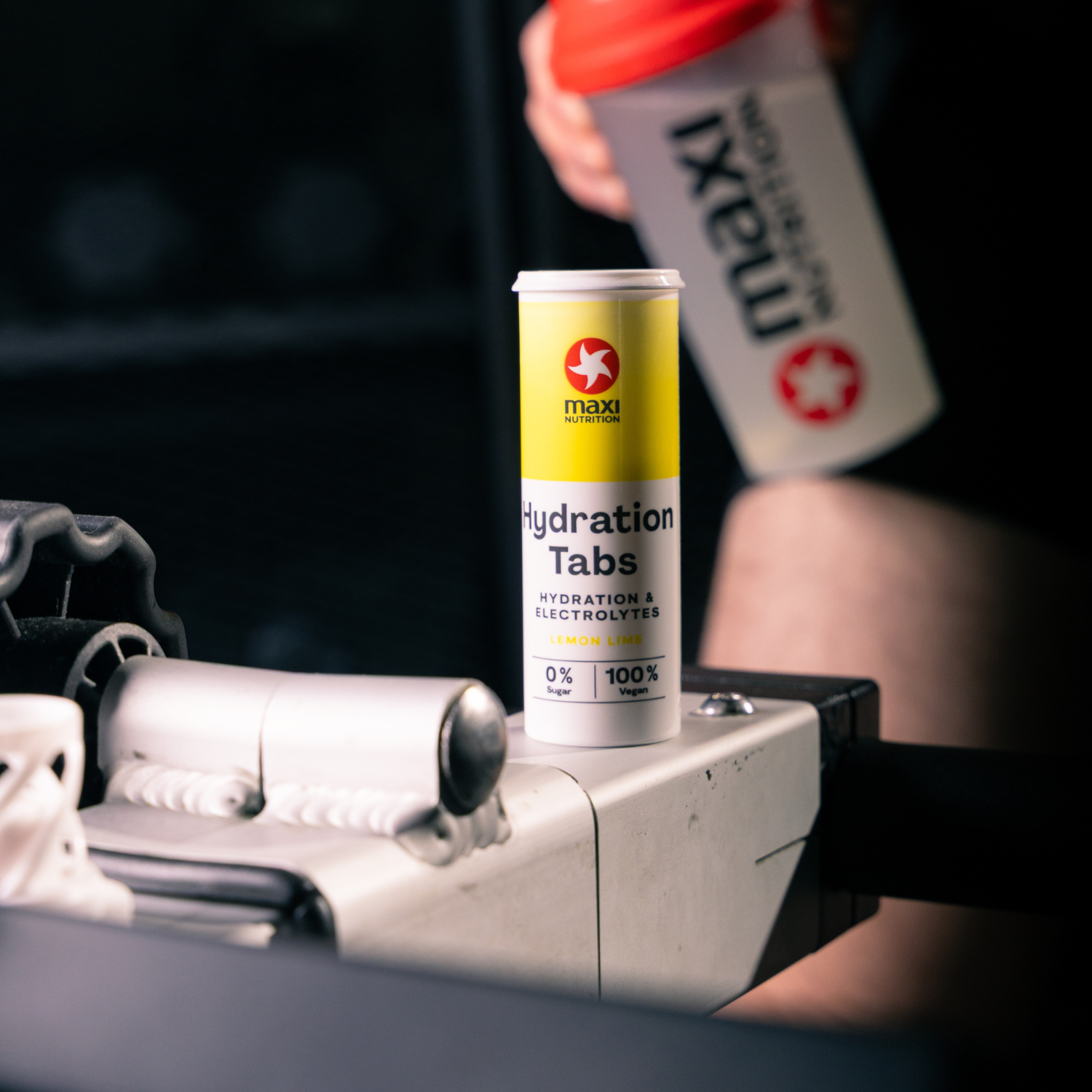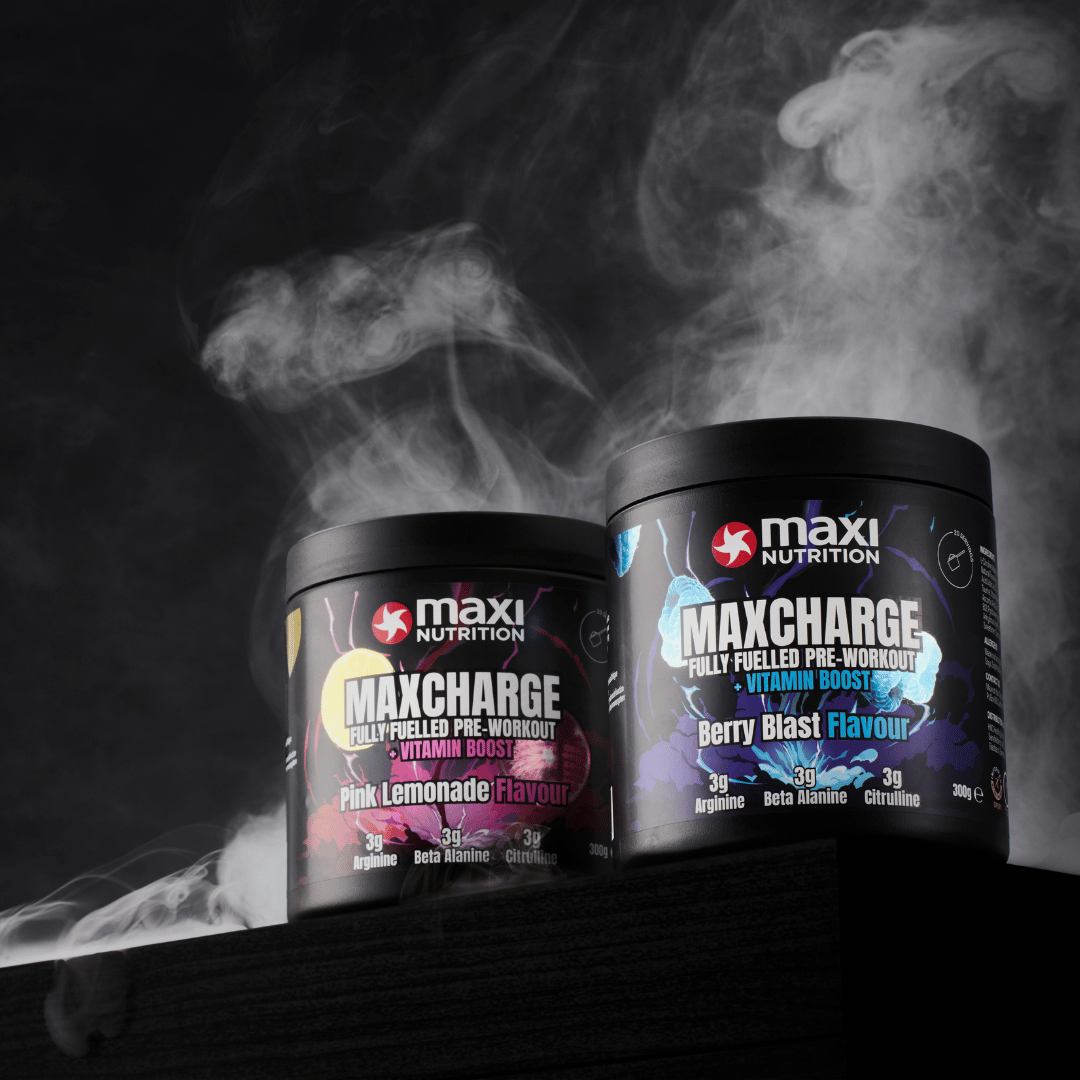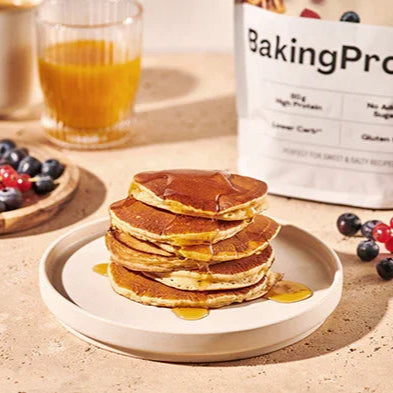To help us better understand the finer points of cutting, we have enlist the help of Maximuscle Ambassador Sean Lerwill. With years of experience within the fitness industry Sean has a wealth of knowledge and shares his views and opinions on the best way to cut for the Ibiza Challenge.
If you want to lose some body fat so you can be more “toned” or “ripped” for the summer, someone somewhere has probably told you the you need to go on a “cut”. If you’re not sure what a cut is, have a read of this: What is Cutting?.
The most important thing to get right when cutting, is your daily calorie intake. Get this wrong and you’ll either be eating too much (so not actually cutting) or eating way too little which can have hugely negative consequences to your physique in terms of losing muscle, as well as your hormone levels, not to mention your mental health. Please cut calories sensibly as per the directions here and don’t starve yourself. Long term, that does not work and only leads to eating disorders or the like.
Above all, you also need to be consistent. Cutting isn't something to do well for a few days unless you are already fairly lean (visible six pack). Losing fat is a slow process, requiring real dedication. You will need to consistently eat less calories than you actually need over a period of weeks and possibly months while still performing progressive, intensive, thought-out and well structured training.
A plan is paramount. To cut properly, that plan is not just training, it also revolves around a scientifically worked out formula that will allow you to best estimate your Calorie needs for your cut, to ensure you lose fat but more importantly retain muscle.
There are a number of formulas out there, trial and error shows that many give the same ballpark for most people, though some are better than others for people on the further ends of the scale; very small or quite large.
The equation below is given as I have found to be most accurate and provides good results whether an individual is CUTTING or BULKING.
The Harris–Benedict equations revised by Roza and Shizgal, 1984.
- Men: BMR* = 88.362 %2B (13.397 x weight in kg) %2B (4.799 x height in cm) - (5.677 x age in years)
- Women: BMR* = 447.593 %2B (9.247 x weight in kg) %2B (3.098 x height in cm) - (4.330 x age in years)
*Basal Metabolic Rate
Both these equations also require an activity level estimate to provide the maintenance calories needed by an individual to maintain current weight.
| ACTIVITY LEVELS | |
| Little to no exercise | BMR x 1.2 |
| Light exercise (1-3 days per week) | BMR x 1.375 |
| Moderate exercise (3-5 days/week) | BMR x 1.55 |
| Heavy exercise (6-7 days/week) | BMR x 1.725 |
| Very heavy exercise (twice per day, extra heavy workouts) | BMR x 1.9 |
The above may seem daunting. You are probably thinking of just putting your details into a calorie counter app. I would urge you to rethink. The equation above is more accurate to you and will yield better results. It may be a little more hard work in terms of mathematics, but it’s worth it; nothing worthwhile is ever easy. The calorie counters often give far too few calories which can leave you exhausted and put your body in danger.
Let’s take an average male and female and work through the formulas.
MALE:
Age 25, Weight 75 kg, Height 178 cm. He trains at the gym 3-4 days a week and goes for a longish run on the weekend.
BMR = 88.362 %2B (13.397 x 75) %2B (4.799 x 178) - (5.677 x 25)
BMR = 1805.434 kcal
His activity level is x 1.55
Maintenance Calories = 1805.434 x 1.55 = 2798.423 kcal
FEMALE:
Age 22, Weight 52 kg, Height 165 cm. She trains at the gym 3-4 days a week and does a crossfit class once a week.
BMR = 447.593 %2B (9.247 x 52) %2B (3.098 x 165) - (4.330 x 22)
BMR = 1344.347 kcal
Her activity level is x 1.55
Maintenance Calories = 1344.347 x 1.55 = 2083.738 kcal
However, for both examples, this is just their maintenance calories or activity adjusted amount. What they need, to neither gain nor lose weight with their current age, weight, height and lifestyle/activity level. We now need to create a calorie deficit to facilitate weight loss, hopefully mostly fat, as the resistance training they will be doing as well as eating a decent amount of protein should help maintain their muscles. Also they aren’t going to be cutting calories stupidly. Too low and the body will break down hard earned muscle. Not the way we are doing things here. Slow and steady yields best results.
At this point, you need to decide if you want a slow cut over a longer period (which I advise), or a faster cut over a shorter period. Either way, I wouldn’t suggest a calorie deficit of no more than 20%. For a slower cut, an decrease of 10-15% calories is advisable. I often advise starting with a decrease of 10% for a few weeks, take measurements (weight and photos) and see how things go. If fat is being lost, stay with the 10% deficit until things stall and then lower to 15%. If after a few weeks at 10% nothing seems to have changed from photographs, weight measurements and measurements around stomach, thighs, arms and chest, then lower to 15%. Once things stall again, take it to 20%.
A common mistake is to go straight to 20% then after a week become impatient and lower to 25% or even lower. Don’t do that!! It’s a marathon not a sprint. Give yourself plenty of time. Start at 10% and work hard in the gym and be consistent with food. Take to 15% after a period of weeks or even a month. Then work hard and be consistent again. Only then when you stall again should you lower to 20%.
Another top piece of advice is to train intensely, but perhaps save intervals or separate CV sessions for later in the cut. At the start just do resistance training. Therefore, when the fat loss stalls, you have extra training to throw at the problem instead of just cutting more calories. If you use all your training weapons from the off, your only choice is to cut more calories or add extra hours of CV. Both aren’t advisable (or necessarily enjoyable!) in my experience.
Let’s work through our examples again:
MALE:
He wants to cut quickly over 6-8 weeks for a last minute summer holiday in two months time.
His maintenance calories are 2798.423 kcal
We will decrease this by 15% (to do so we multiply by 0.85)
2798.423 x 0.85 = 2378.660 kcal
After a few weeks or a month he may want to decrease this to a 20% deficit (to do so we multiply by 0.8)/p>
2798.423 x 0.8 = 2238.738 kcal
FEMALE:
She wants to cut more slowly as she doesn’t want to risk losing too much muscle which she’s worked hard for over the last 6months, but she does want to “tone up” for her wedding in 3 months.
Her maintenance Calories are 2083.738 kcal
We will decrease this by 10% (to do so we multiply by 0.9)
2083.738 x 0.9 = 1875.364 kcal
After a month she will want to decrease this to a 15% deficit (to do so we multiply by 0.85)
2083.738 x 0.85 = 1771.177 kcal
She may wish to decrease this by another 5% to 20% a few weeks before her wedding (to do so we multiply by 0.8)
2083.738 x 0.8 = 1666.990 kcal
One thing that many people miss from their cut is a cheat meal, treat day or what I prefer to call a high calorie day. This is not only to give the individual something to look forward to, but it actually helps with fat loss as well as hormone levels and mental normality! People can go a little crazy avoiding all the nice foods for months at a time. Especially as many people overly restrict themselves when cutting. This often means that when they finish their bulk they then tend to binge and over indulge which is not only very bad for them but also ruins all the hard work. A high calorie day (up to normal maintenance levels as worked out with the formulas above) once or twice a week will help in many ways. I also advise that these days coincide with the hardest training day of the week: a leg session, interval session or all over workout like a crossfit session.
Although not something for this article, and it is second to overall calories, the macro (protein, fat, carbs) makeup of those calories is also important.


